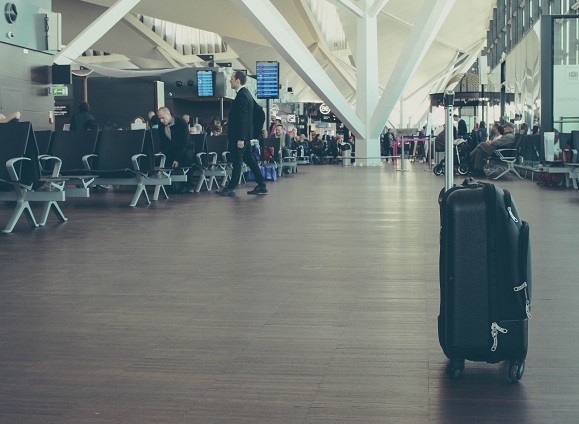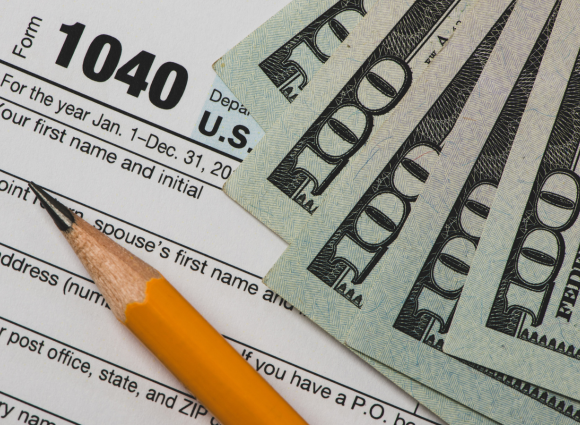
IRS Publishes New Business Travel Per Diem Rates for 2021
Most business travel was temporarily suspended during the spring and summer months. Now some people have started traveling for business purposes again, albeit less than before the COVID-19 pandemic began. With travel cutbacks, now may be a good time to review — and possibly simplify — how your company reimburses its workers for out-of-town lodging, meals and incidental expenses.
One simplified alternative is the “high-low method.” Instead of reimbursing employees for actual travel costs, this method provides fixed travel per diems. These amounts are based on IRS-approved rates that vary from locality to locality. Here are the details.
How It Works
Under the high-low method, the IRS establishes an annual flat rate for certain areas with higher costs of living. All locations within the continental United States that aren’t listed as “high-cost” automatically fall into the low-cost category. The high-low method may be used in lieu of specific per diem rates for business destinations. Examples of high-cost areas include San Francisco, Boston and Washington, D.C. (Click here for a complete list by state.)
Under some circumstances — for example, if an employer provides lodging or pays the hotel directly — employees may receive a per diem reimbursement only for their meals and incidental expenses. There’s also a $5 incidental-expenses-only rate for employees who don’t pay or incur meal expenses for a calendar day (or partial day) of travel.
The following aren’t considered incidental expenses:
- Transportation between places of lodging or business and places where meals are taken, and
- The mailing cost of filing travel vouchers and paying employer-sponsored charge card billings.
Consider reimbursing employees separately for these expenses and then deducting the amounts as ordinary business expenses.
Simplified Recordkeeping
If your company uses per diem rates, employees don’t have to meet the usual recordkeeping rules required by law. Collecting paper or electronic receipts for expenses generally isn’t required under the per diem method. Instead, the employer simply pays the specified allowance to employees.
But employees still must substantiate the time, place and business purpose of the travel. Per diem reimbursements generally aren’t subject to income or payroll tax withholding or reported on the employee’s Form W-2. Also, per diem rates can’t be paid to individuals who own 10% or more of the business.
Updated Rates
The IRS recently updated the per diem rates for business travel for fiscal year 2021, which started on October 1, 2020. Under the high-low method, the per diem rate for all high-cost areas within the continental United States is $292 for post-September 30, 2020 travel ($221 for lodging and $71 for meals and incidental expenses). For all other areas within the continental United States, the per diem rate is $198 for post-September 30, 2020 travel ($138 for lodging and $60 for meals and incidental expenses). Compared to the prior simplified per diems, the high-cost area per diem has decreased $5 and the low-cost area per diem has decreased $2.
The IRS also modified the list of high-cost areas for post-September 30 travel. The following have been added to the high-cost list:
- Los Angeles, Calif.,
- San Diego, Calif.,
- Gulf Breeze, Fla.,
- Kennebunk/Kittery/Sanford, Maine, and
- Virginia Beach, Va.
On the other hand, these areas have been removed from the previous list of high-cost localities:
- Midland/Odessa, Texas, and
- Pecos, Texas.
Important note: Certain tourist-attraction areas only count as high-cost areas on a seasonal basis. Starting on October 1, the following tourist-attraction areas have changed the portion of the year in which they are high-cost localities:
- Sedona, Ariz.,
- Monterey, Calif.,
- Santa Barbara, Calif.,
- Washington, D.C.,
- Naples, Fla.,
- Jekyll Island/Brunswick, Ga.,
- Boston/Cambridge, Mass.,
- Philadelphia, Pa.,
- Jamestown/Middletown/Newport, R.I.,
- Charleston, S.C.
Important: This method is subject to various rules and restrictions. For example, companies that use the high-low method for an employee must continue to use it for all reimbursement of business travel expenses within the continental United States during the calendar year. The company may use any permissible method to reimburse that employee for any travel outside the continental United States, however.
For travel during the last three months of a calendar year, employers must continue to use the same method (per diem or high-low method) for an employee as they used during the first nine months of the calendar year. Also, employers may use either:
1. The rates and high-cost localities in effect for the first nine months of the calendar year, or
2. The updated rates and high-cost localities in effect for the last three months of the calendar year, as long as they use the same rates and localities consistently for all employees reimbursed under the high-low method.
Claiming Business Travels Deductions
In terms of deducting amounts reimbursed to employees on a company’s tax return, employers must treat meals and incidental expenses as a food and beverage expense that’s subject to the 50% deduction limit on meal expenses. For certain types of employees — such as air transport workers, interstate truckers and bus drivers — the percentage is 80% for food and beverage expenses related to a period of duty subject to the U.S. Department of Transportation’s hours-of-service limits.
Example: A company reimburses its sales manager for attending a business meeting in San Diego based on the $292 high-cost per diem. It may deduct $256.50 ($221 for lodging plus $35.50 for half of the meals and incidental expense allowance).
Changing Times
Most companies expect to cut back on business travel in the post-COVID-19 era. While you’re updating your company’s overall travel guidelines, consider switching to the high-low method. Though the list of high-cost localities varies slightly from year to year, this method can reduce the time and frustration associated with submitting traditional travel reimbursement forms. Contact your tax advisor for more information.



